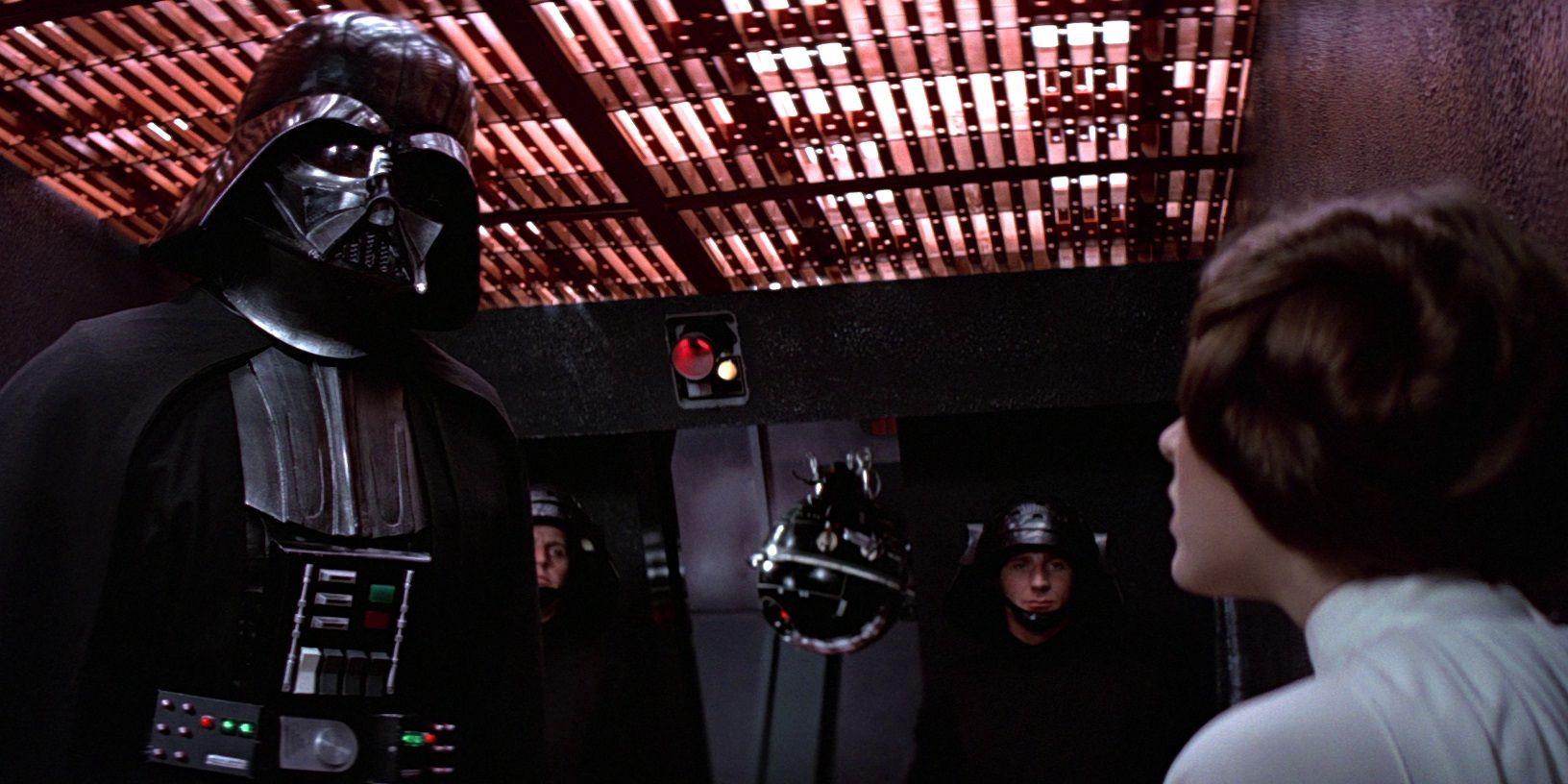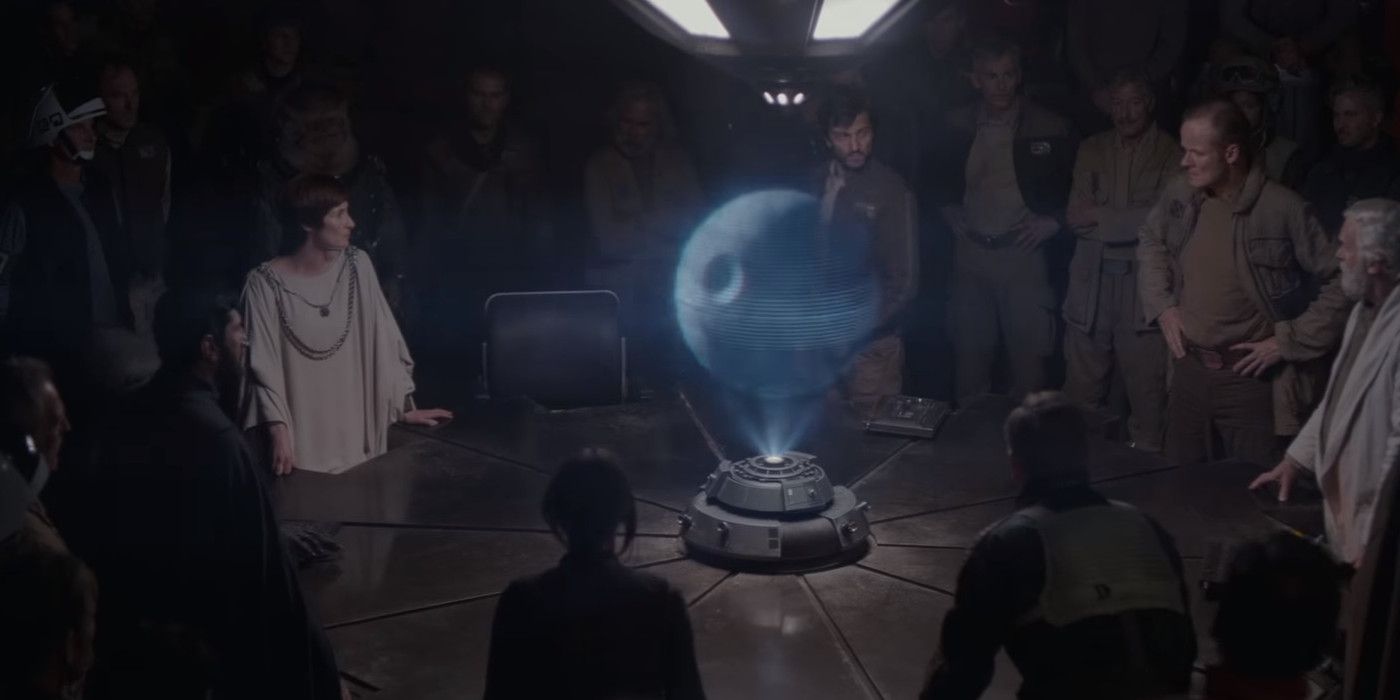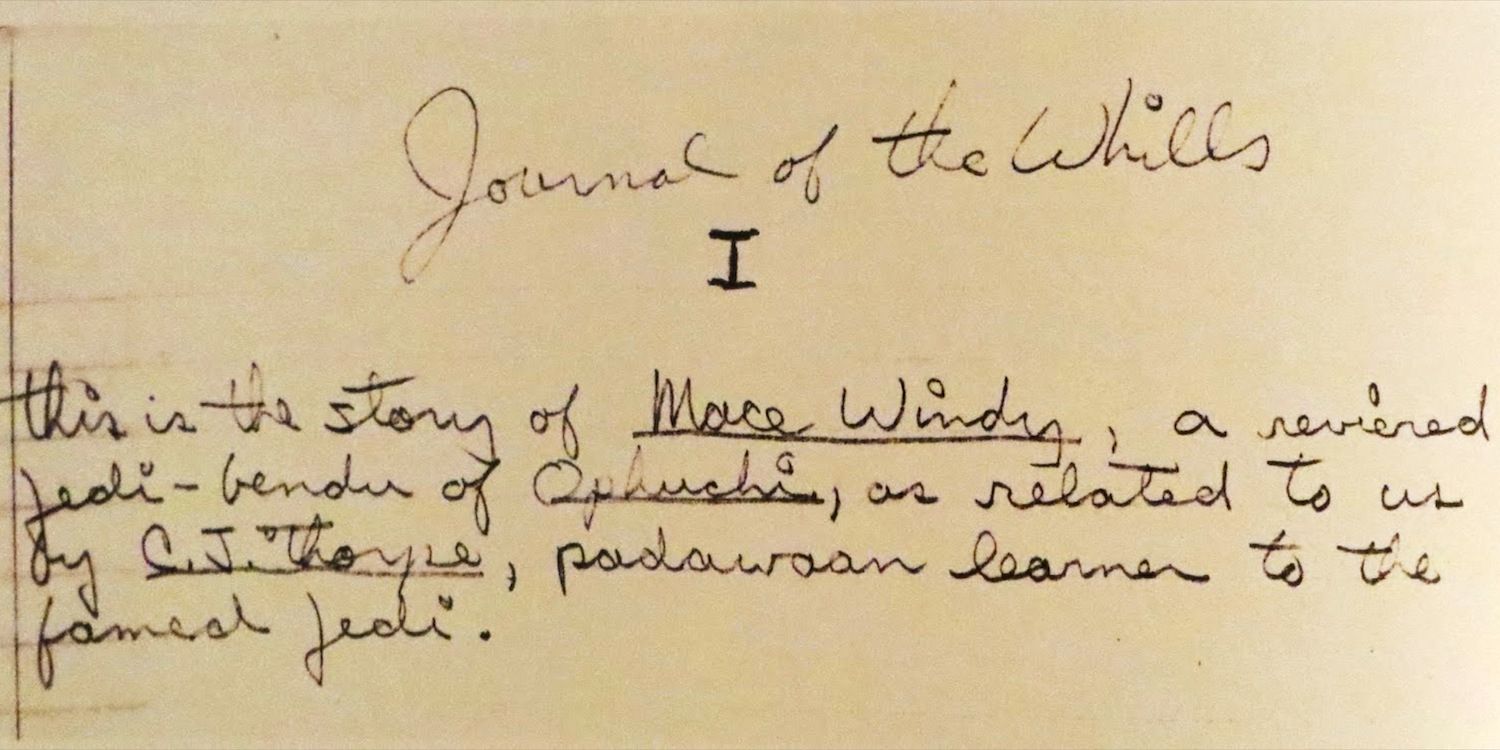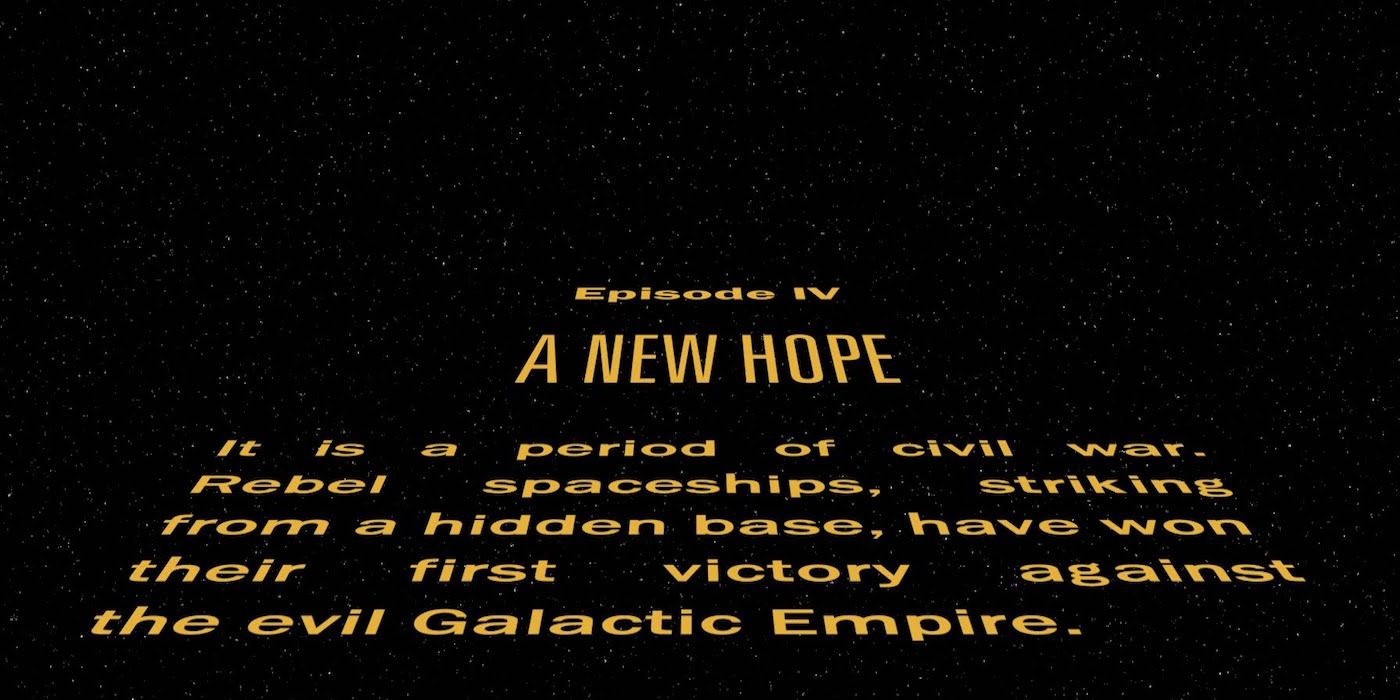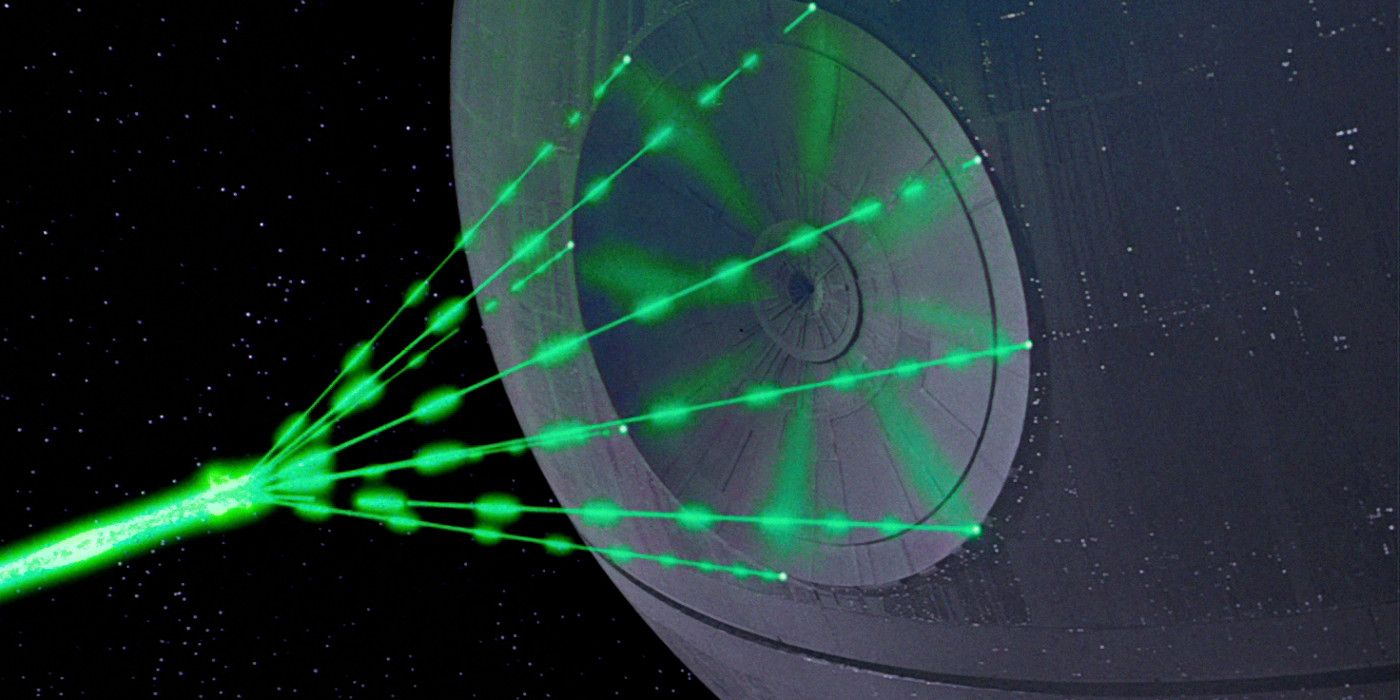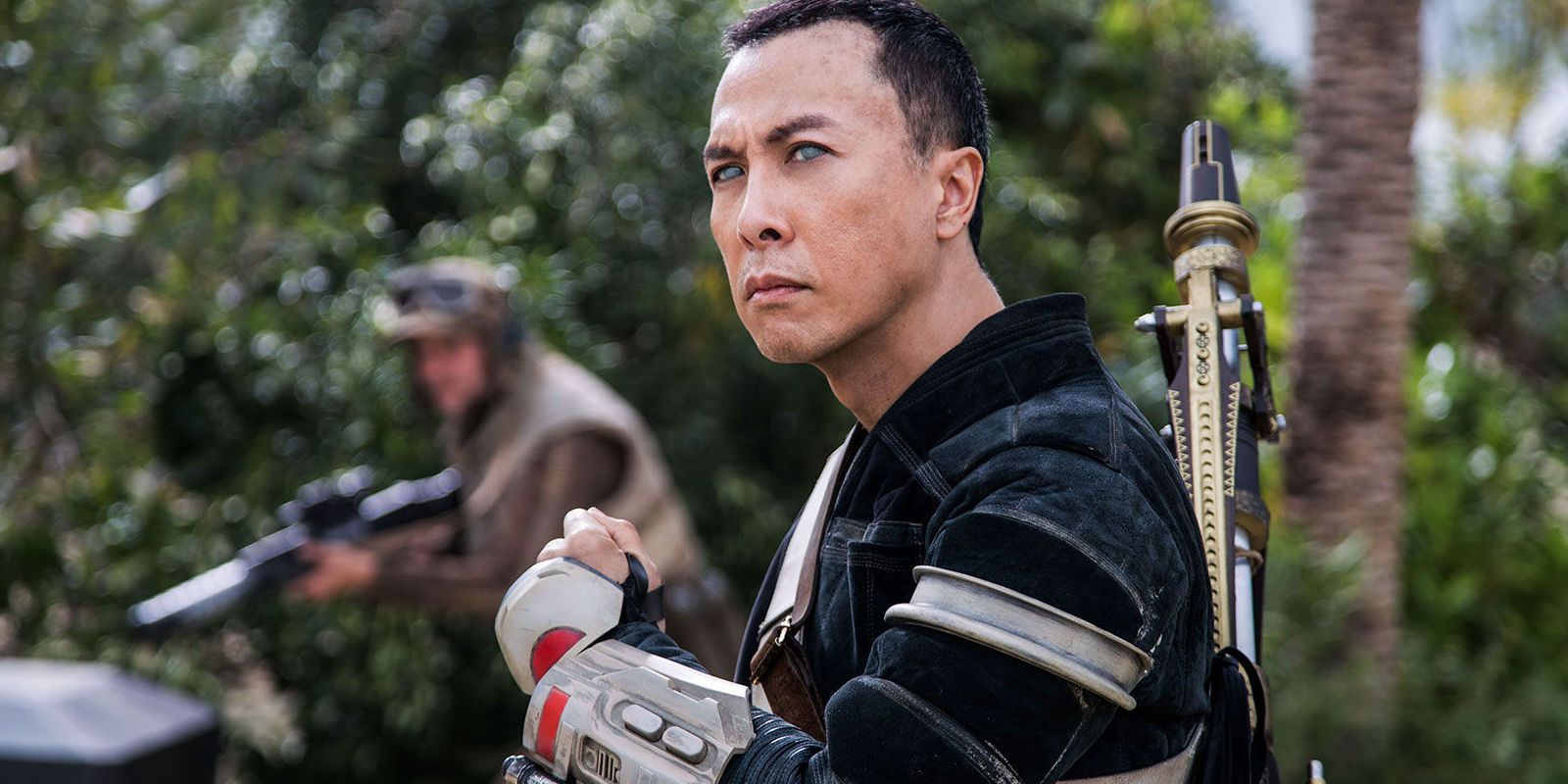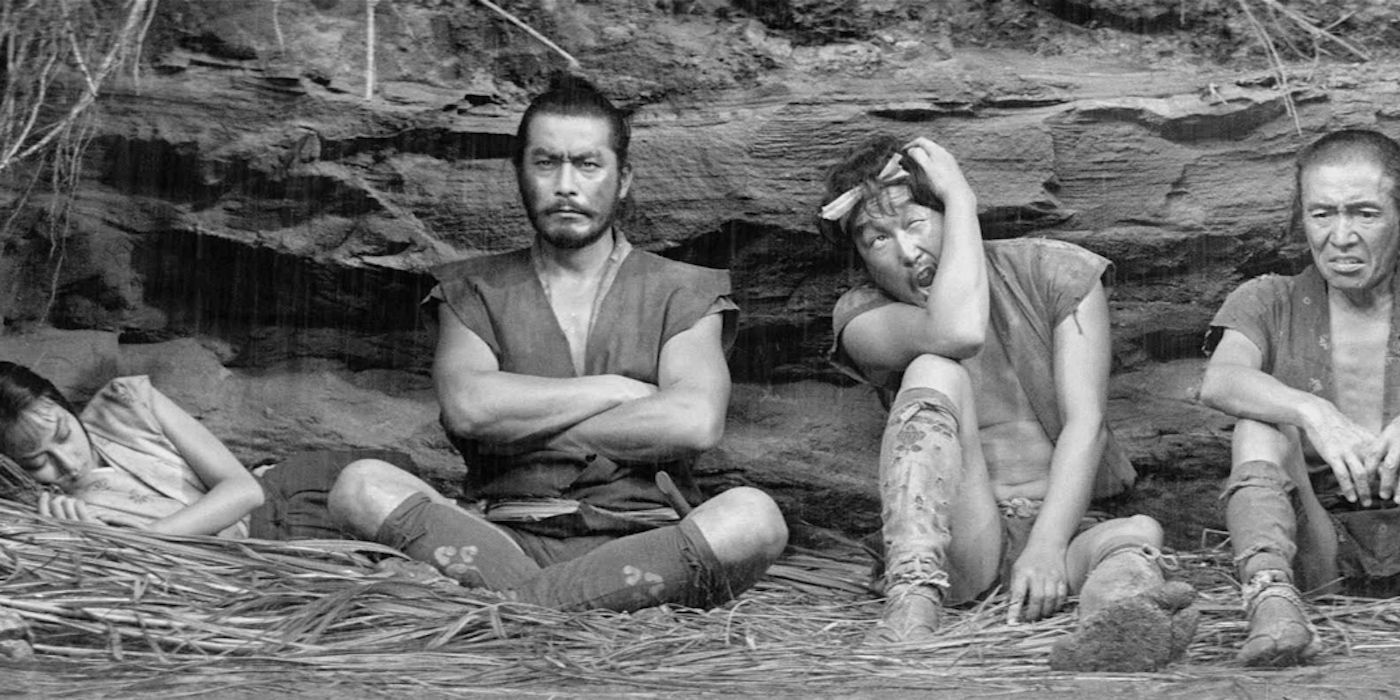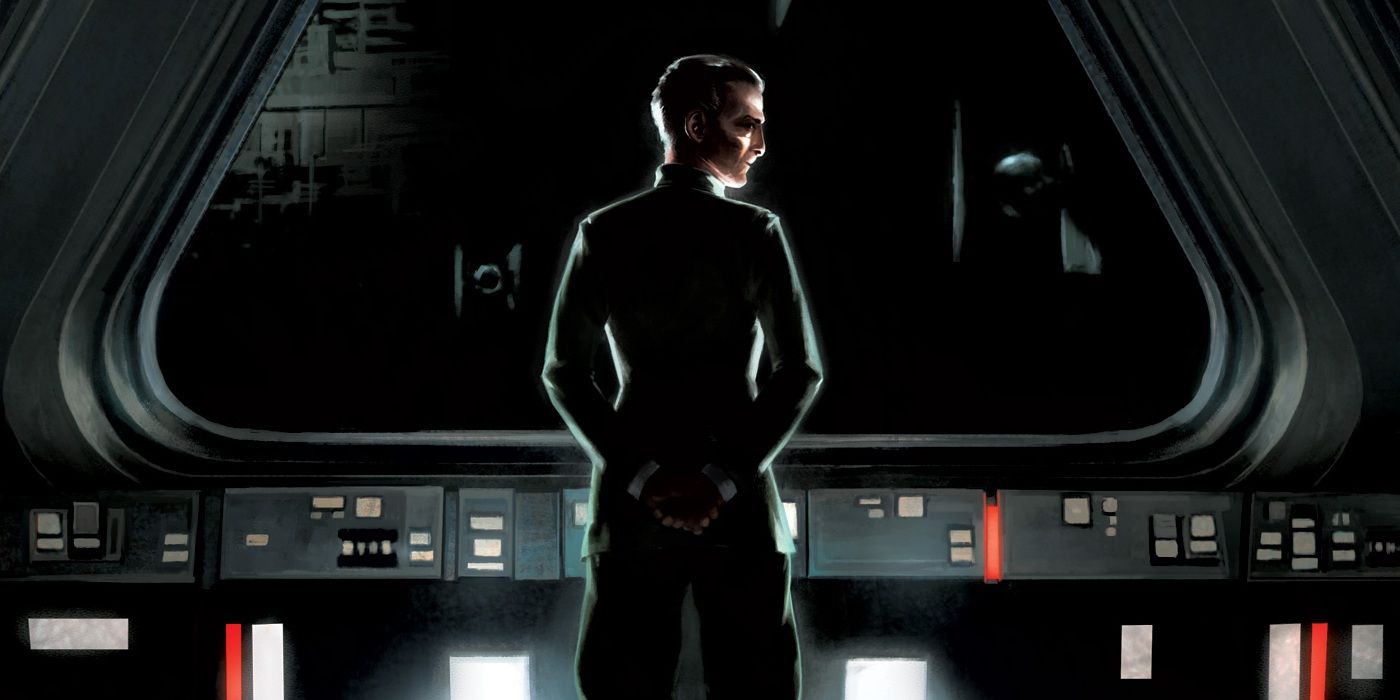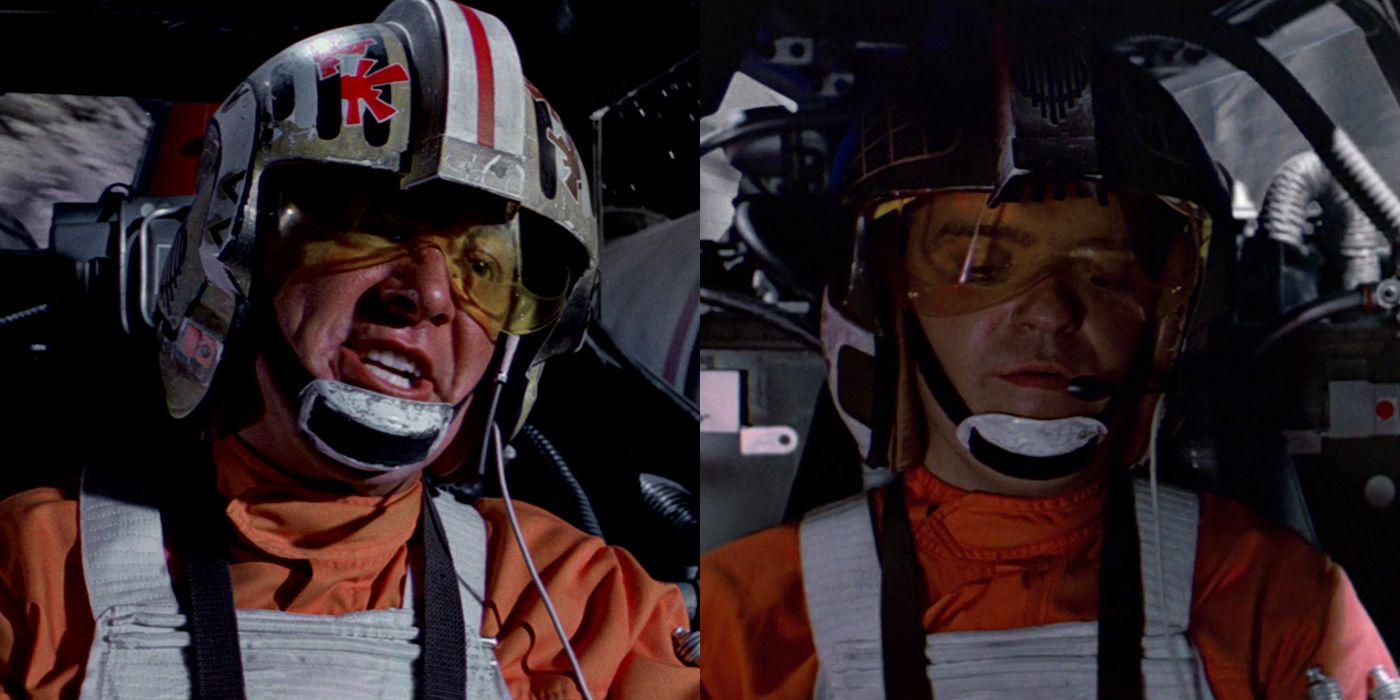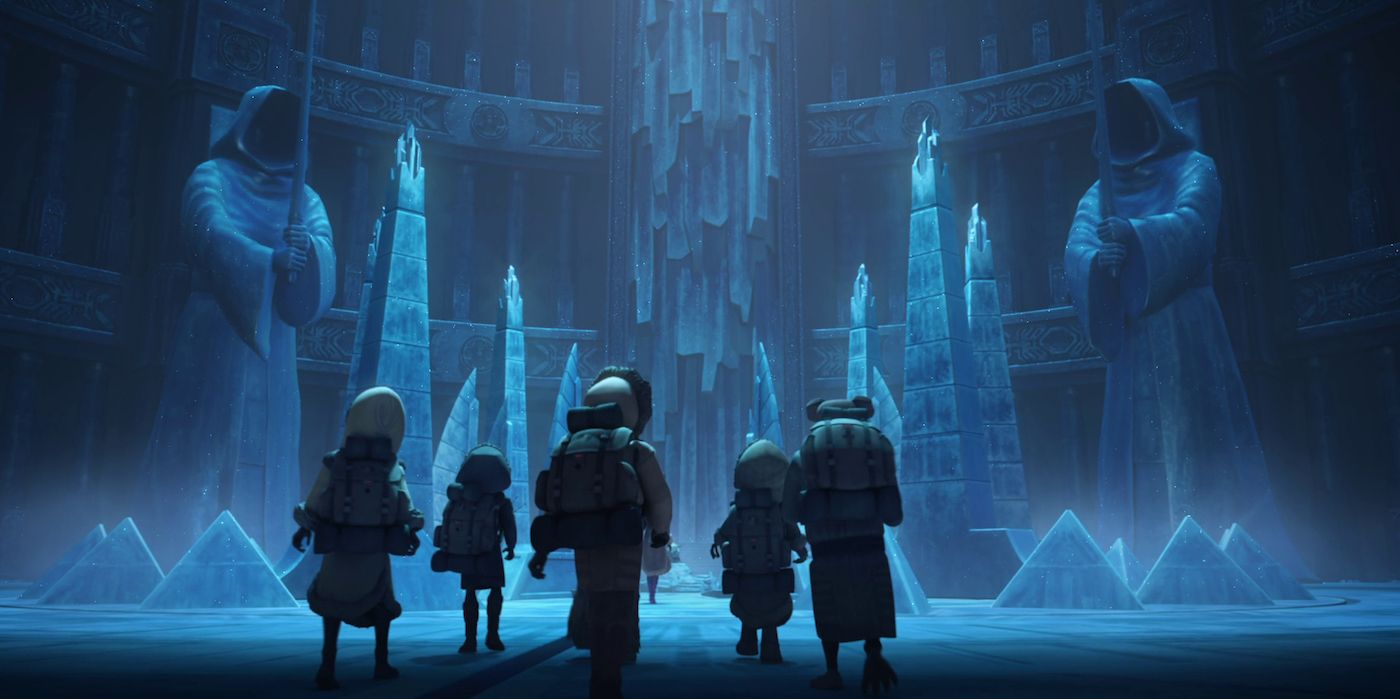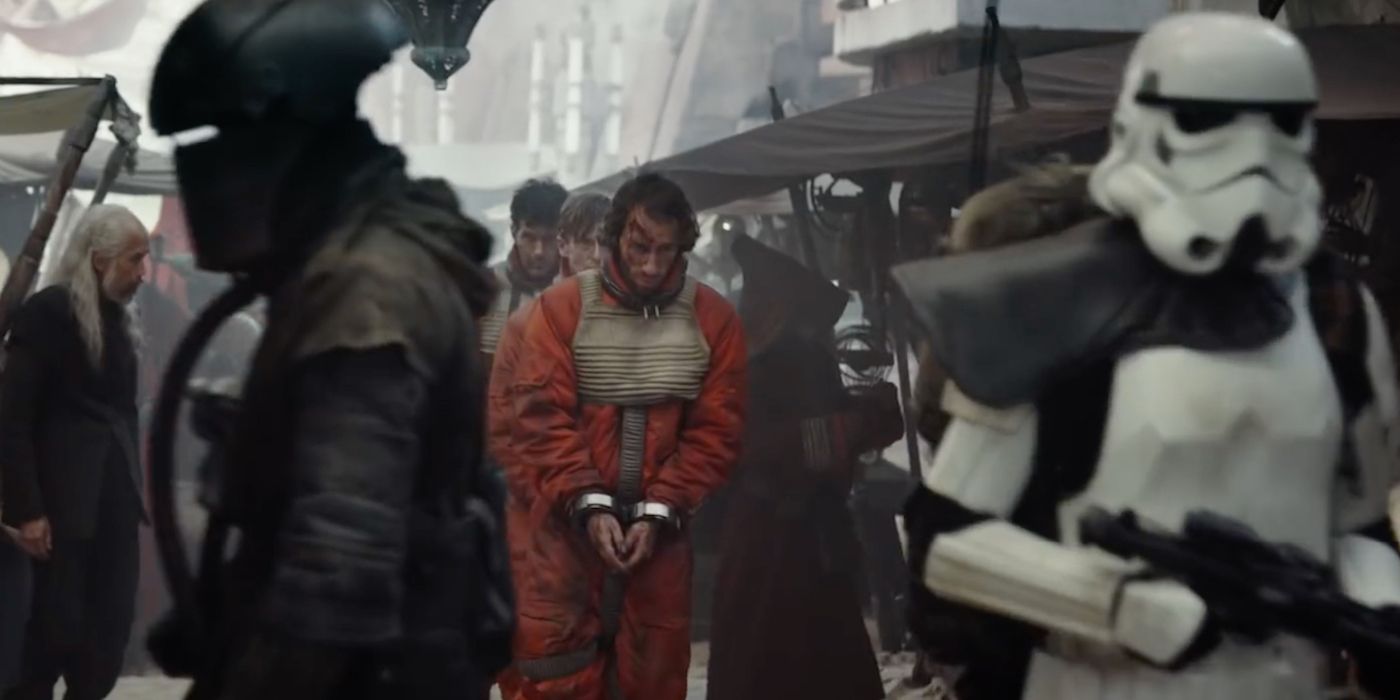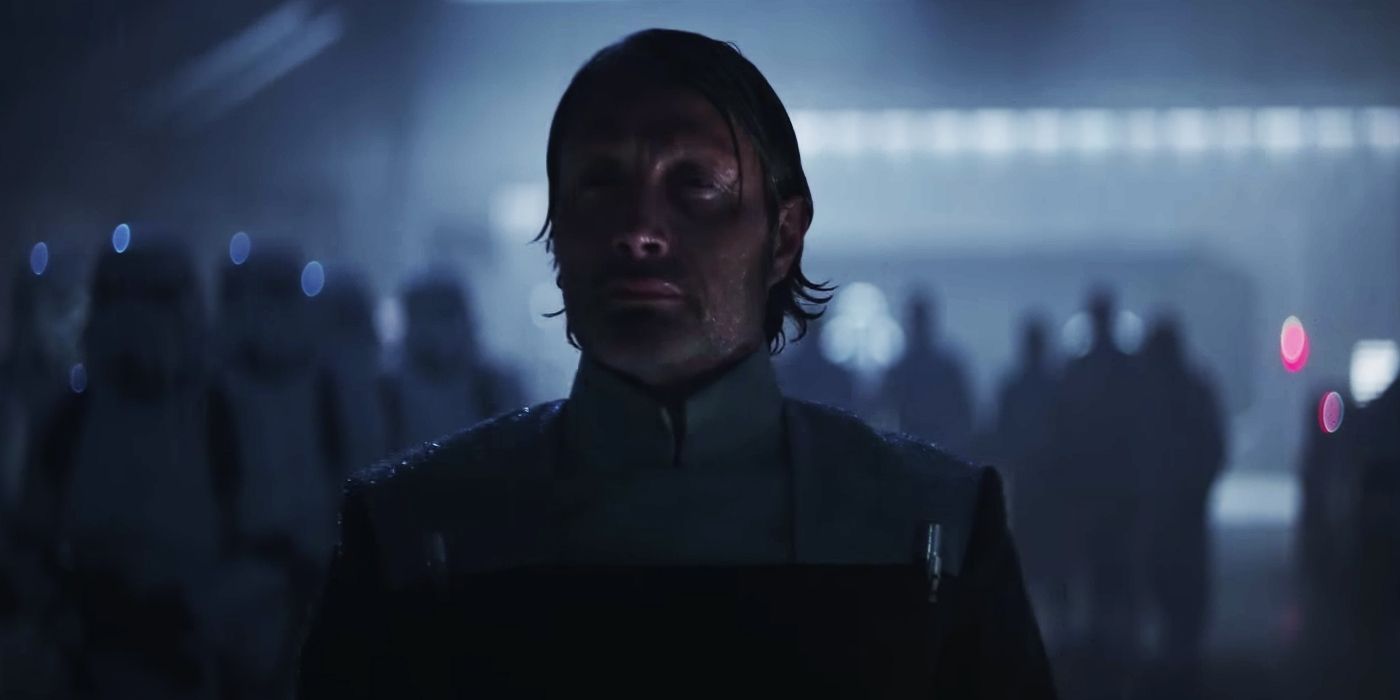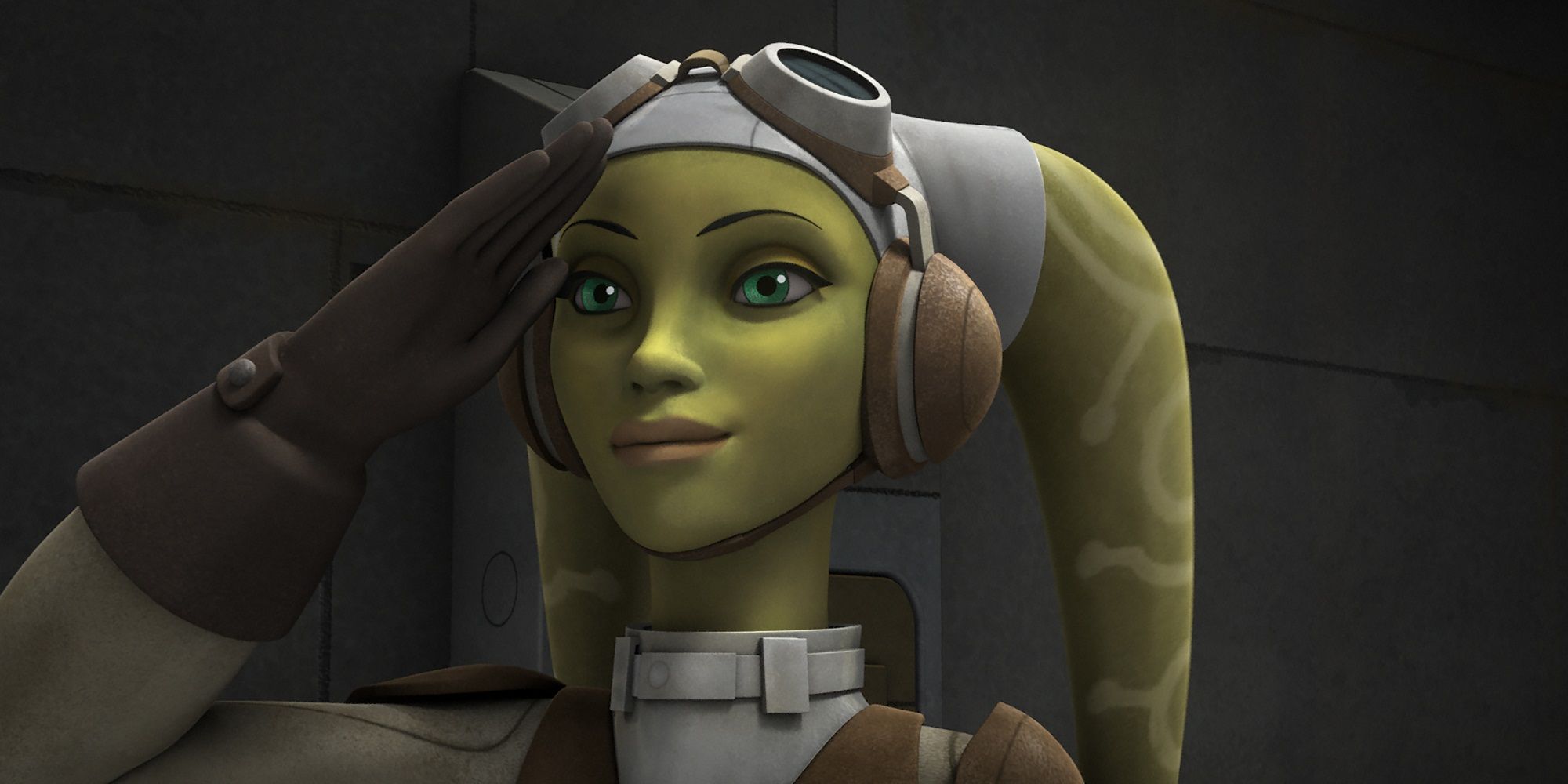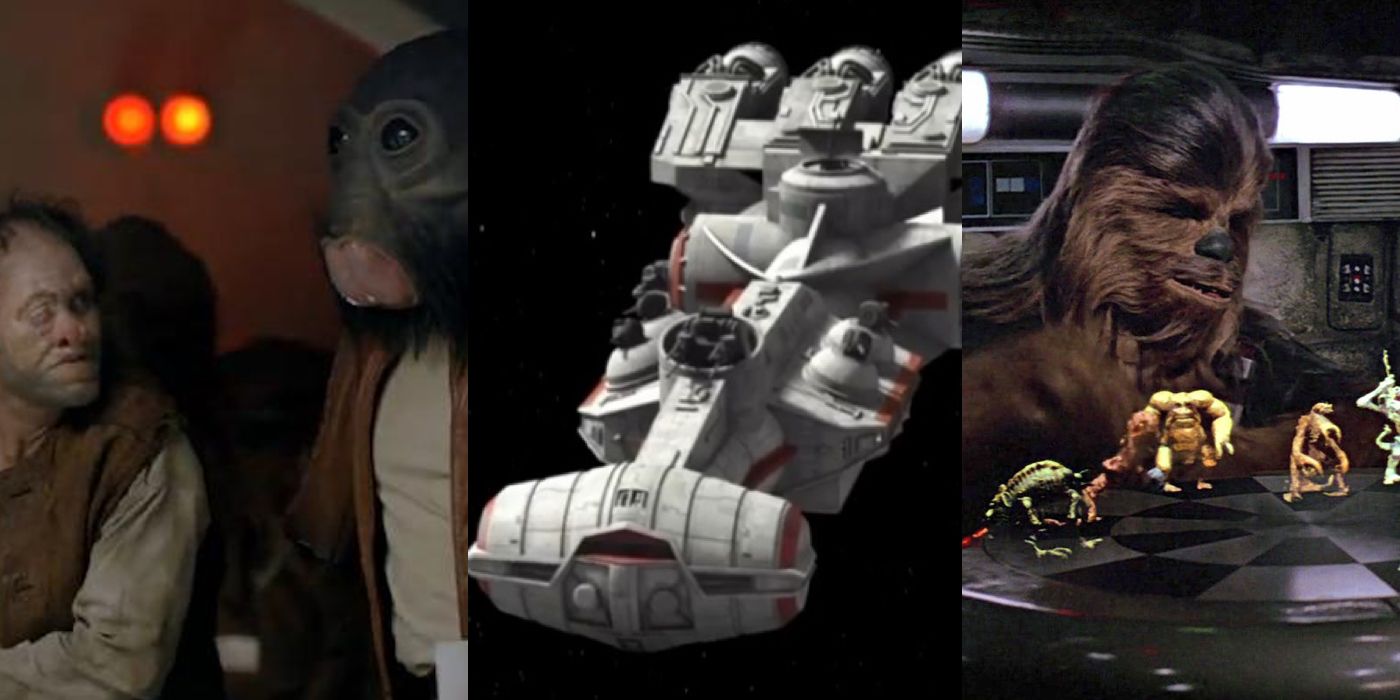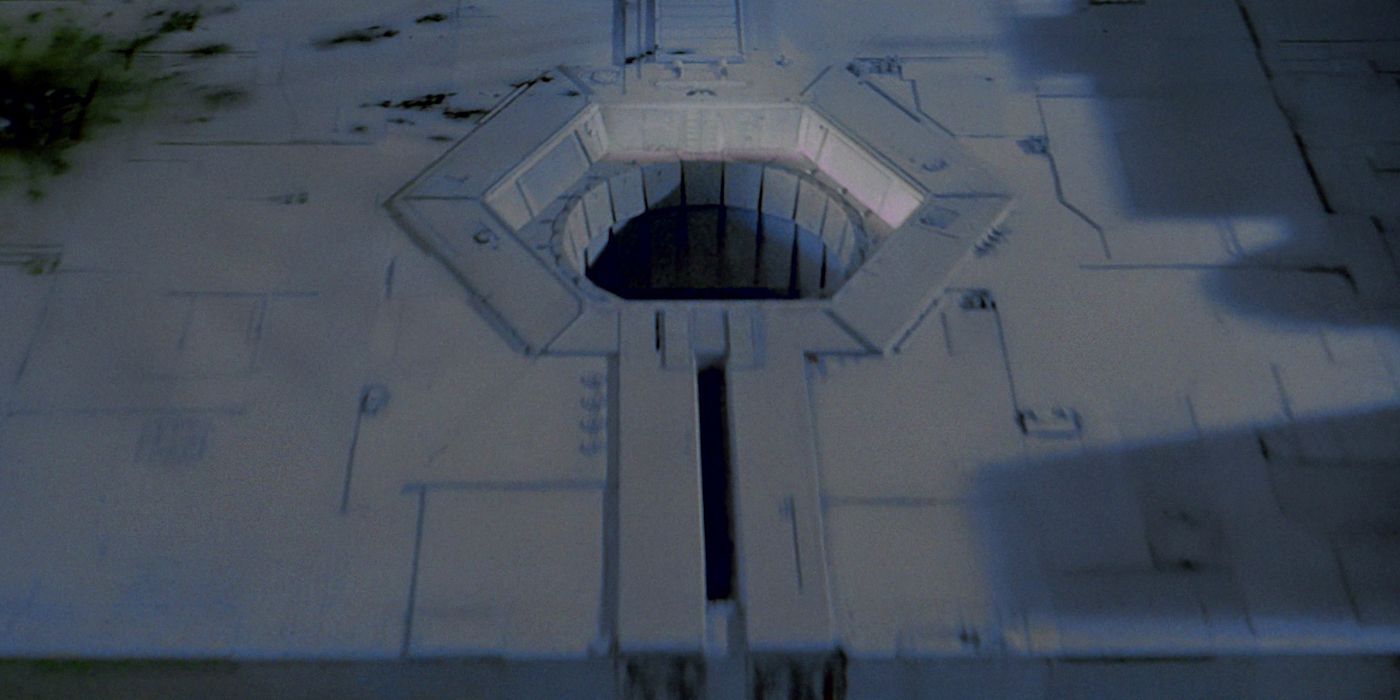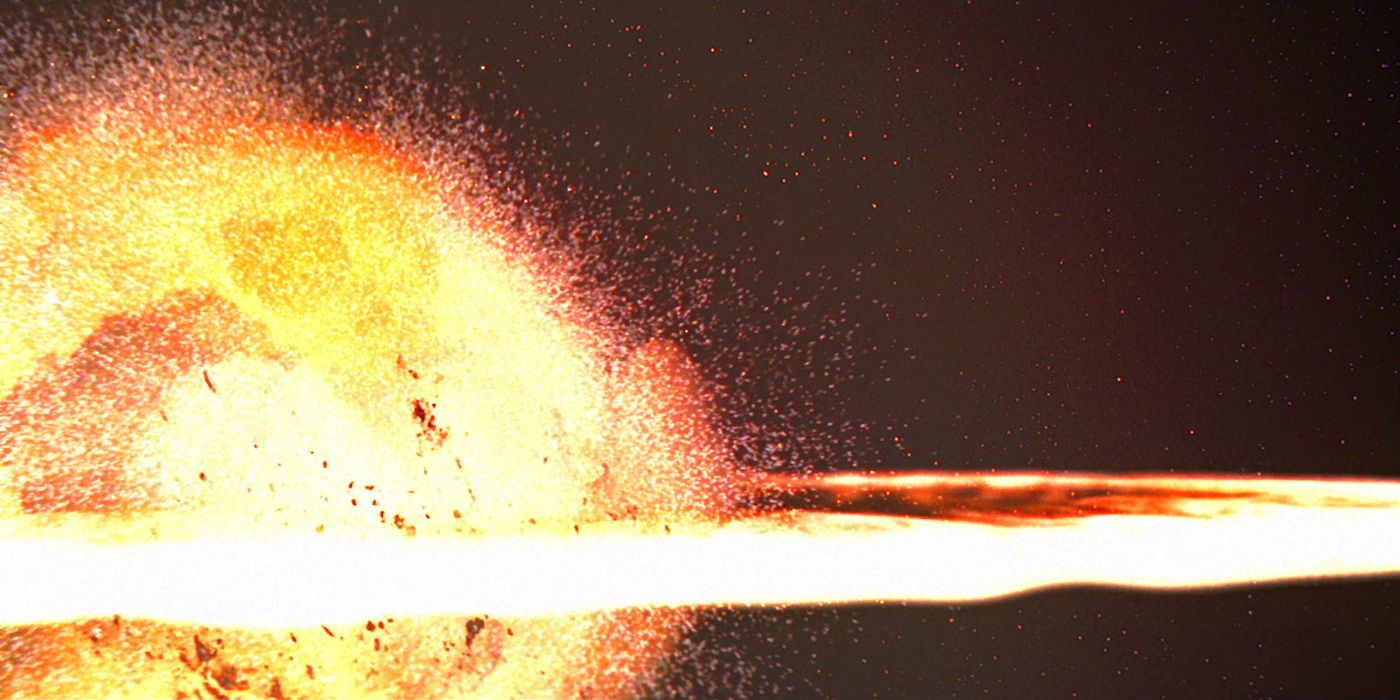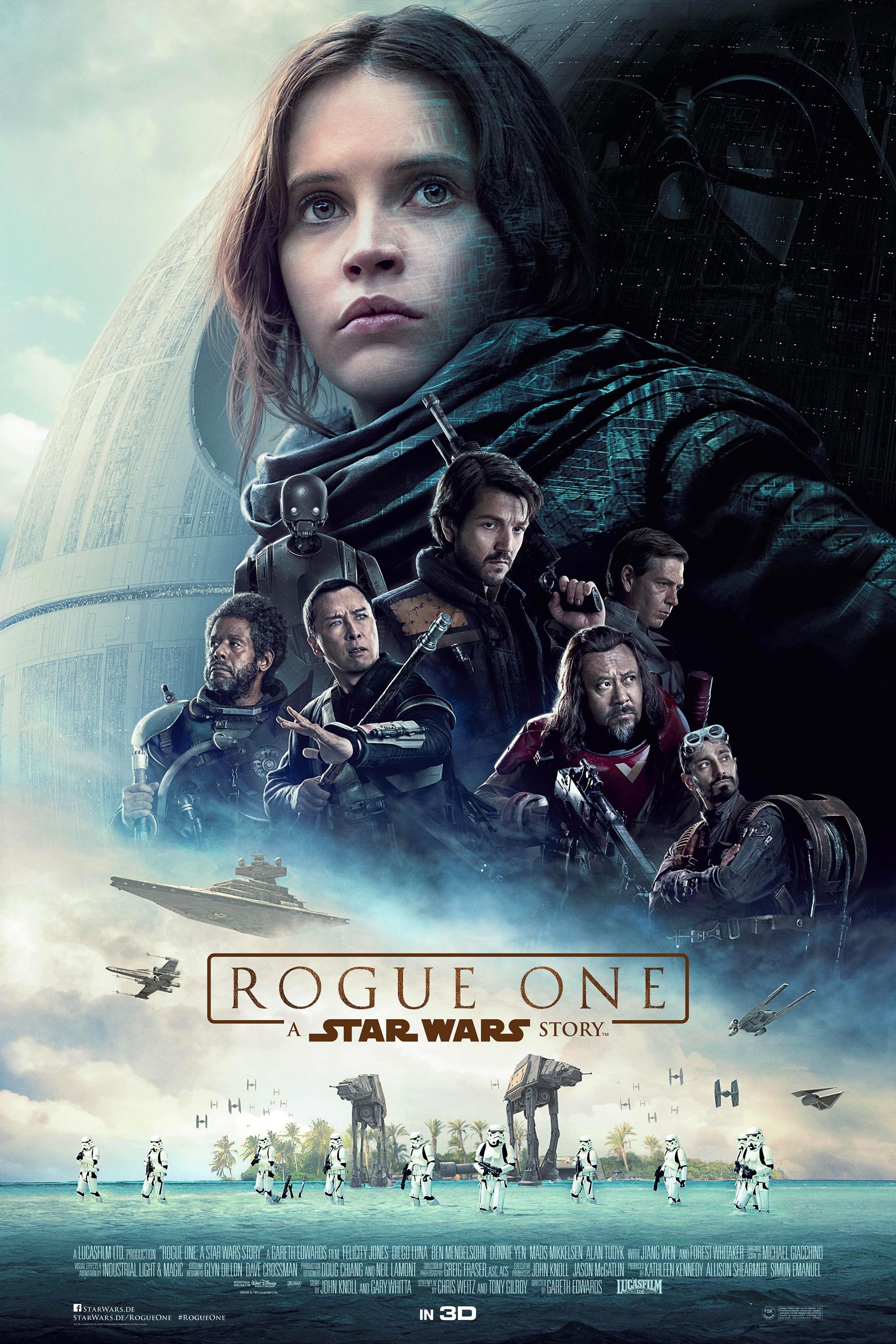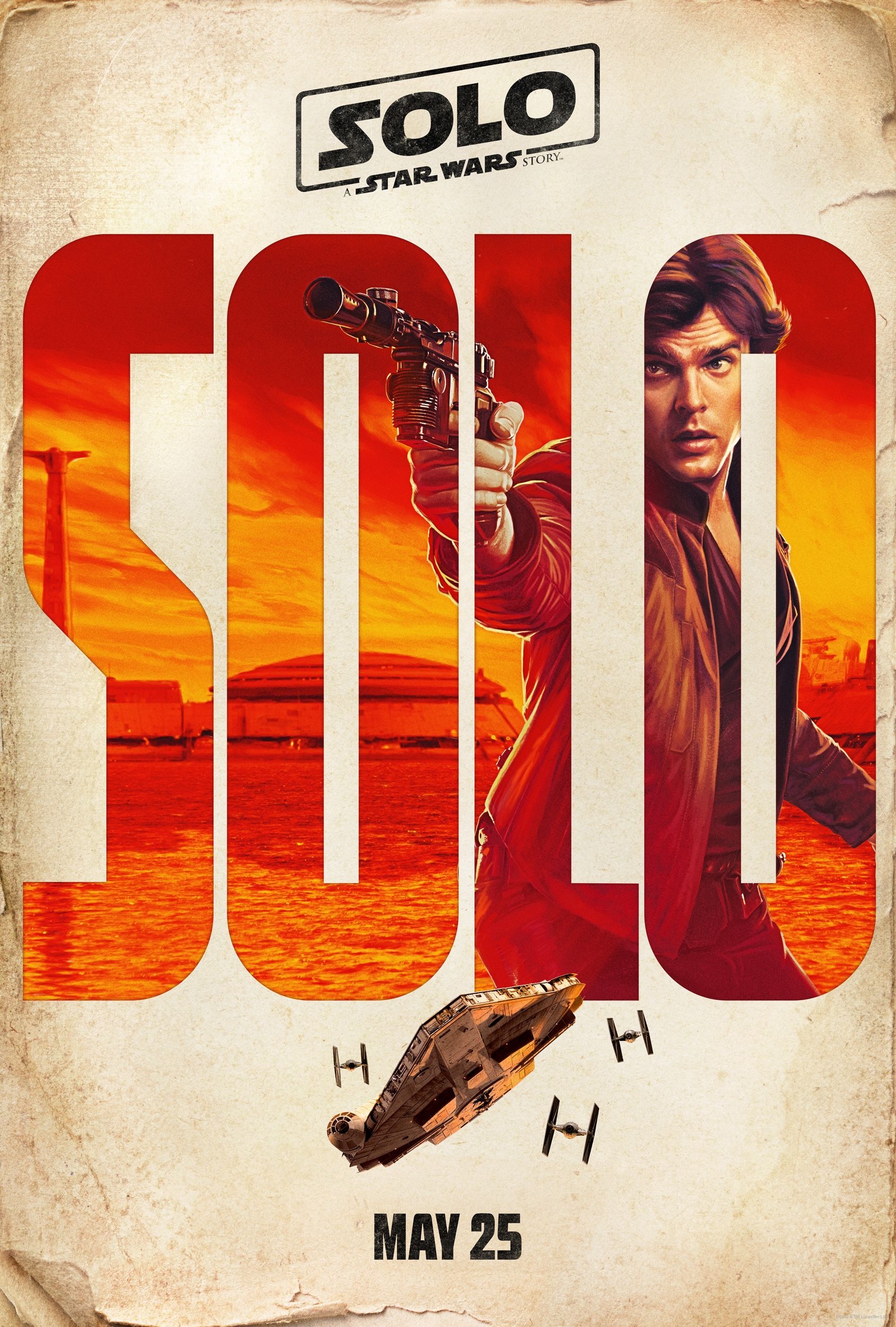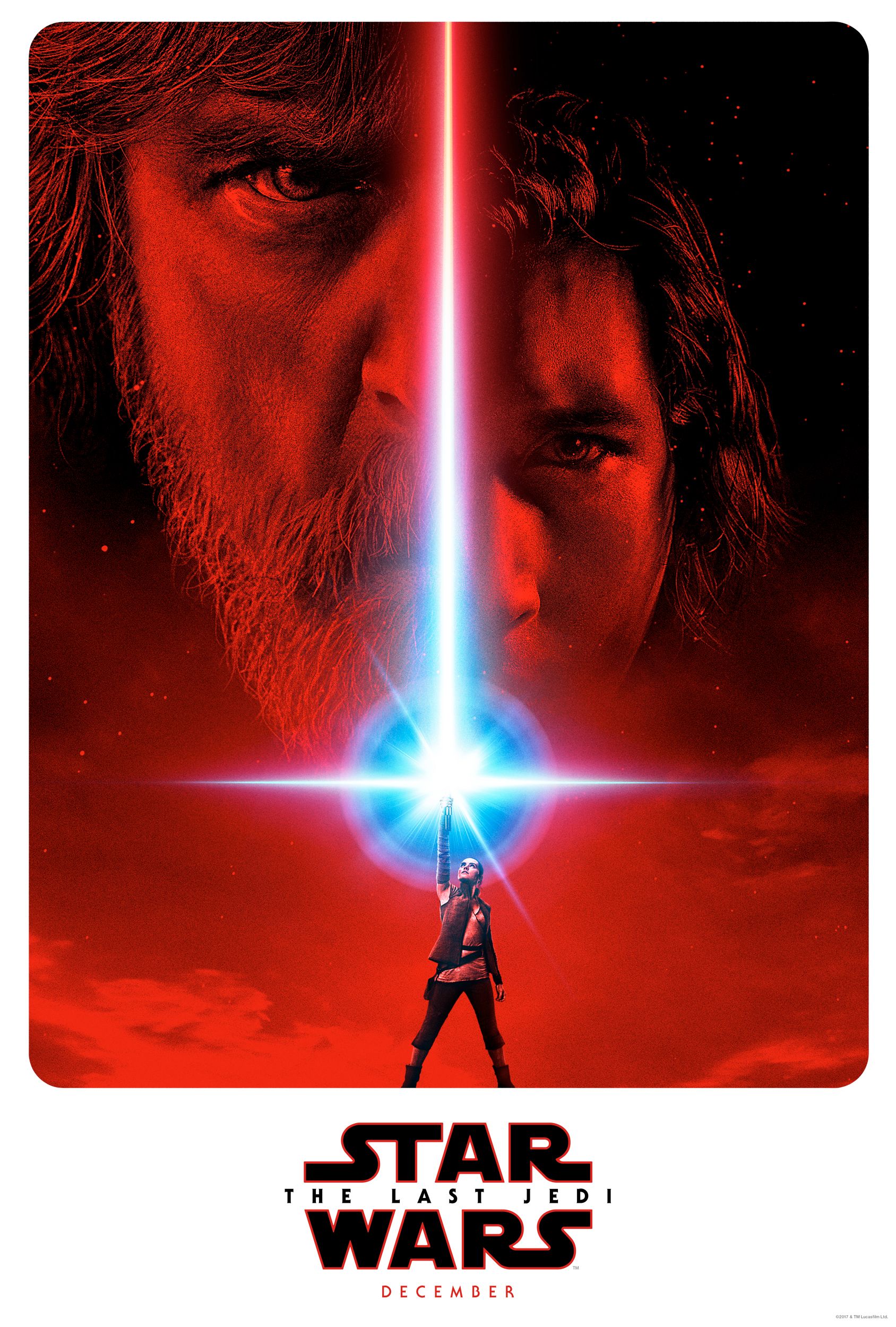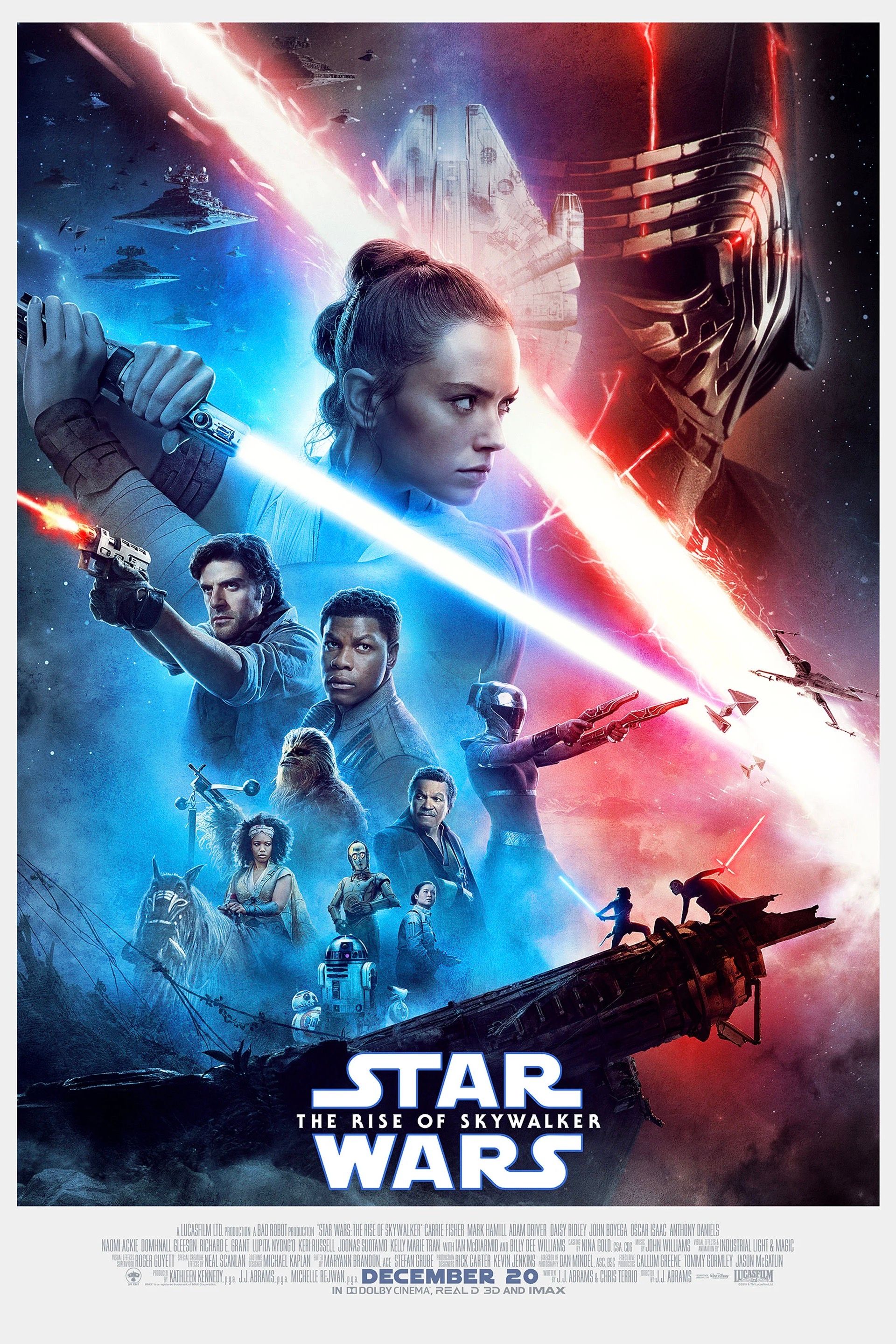[WARNING: This list contains SPOILERS for Rogue One: A Star Wars Story]
–
When Rogue One: A Star Wars Story was first announced, it wasn’t clear how connected the movie would be to the rest of the franchise. Given the film’s plot about a band of Rebels stealing the plans to the Death Star and how those elements factored into the plot of A New Hope, it seemed likely the movie would significantly relate to at least the first film in the franchise. Still, we never could have imagined just how seamlessly the anthology film would segue into the events that first introduced us to the world of Star Wars.
While the prequel trilogy attempted to expand on decades of lore and character backstory over the course of three films, Rogue One take but a moment from the opening crawl of A New Hope and expands it into a fully realized heist story. Beyond cameos and Easter eggs, the new movie provides us with insight into and context for one of the greatest tales ever told of a galaxy far, far away. Here are 15 Things Rogue One Taught Us About A New Hope.
15. The Journal Of The Whills
Right off the bat, Rogue One differentiates itself from the Skywalker Saga with a cold open. When they finally get to the title card, that familiar opening crawl is missing. It’s ironic in a way that it’s the only Star Wars film to date without the prologue text, as it’s the first one to mention the source of the expository information: The Journal of the Whills.
When George Lucas originally conceived of the franchise, he imagined it as told by a group of galactic chroniclers who sat high above humanity. "Originally, I was trying to have the story be told by somebody else; there was somebody watching this whole story and recording it, somebody probably wiser than the mortal players in the actual events. I eventually dropped this idea, and the concept behind the Whills turned into the Force.”
Thanks to Chirrut Îmwe and his faith, The Church of the Whills, we’re given our first movie mention of one of the oldest ideas in Star Wars lore. The Whills are the ones dispensing the backstory during the opening crawls, and the Journal itself explains why each film is an "Episode." Lucas imagined that R2-D2 himself was the one who relayed this information to a Keeper of the Journal a century after the events of the original trilogy. Knowing that, it makes sense that he wouldn’t know the finer points of the mission and Rogue One and instead would just hit on its two biggest outcomes.
14. The Rebellion’s First Victory
The first of those two outcomes is also one of the earliest bits of backstory we’re given during the opening crawl in Episode IV. Right off the bat, we’re told that the Rebels “have won their first victory” and almost forty years later, we finally get to see just what it was. While the mission to acquire the Death Star’s plans is the bulk of Rogue One’s plot, the transmission of that data all hinges on the Alliance and their fleet holding off the Empire’s forces and disabling the shield gate that encases the planet Scarif.
We also get to see just how much ingenuity the Rebellion is capable of employing, as Admiral Raddus cleverly uses a Hammerhead Corvette to push two Star Destroyers right into the impenetrable force field. The entire fleet is outgunned, but they’re desperate and inventive enough to come up with solutions on the fly. Not only does their tenacity reward them the information to take down the grave threat to the galaxy, it emboldens the Alliance and convinces those not yet aligned with their cause that the scrappy renegades may just be able to defeat the Empire.
13. The Secret Plans To The Empire’s Ultimate Weapon
Just after we’re told of the Alliance’s first victory in the crawl for A New Hope, we learn that it involved securing the schematics to a weapon that has “enough power to destroy an entire planet.” Most of Rogue One deals with this plan, but watching the finer details play out is thrilling in a way the other prequels never quite managed. We know the Rebels will ultimately be victorious, but we don’t yet know what sacrifices had to be made along the way.
The mission also gives us a chance to see His Serene Highness, Prince Bail Organa once again. A member of the ruling class on planet Alderaan, Organa was also a Chair in the Galactic Senate during the Clone Wars. Jimmy Smits reprises his role from those films and teases us with the idea that once the plans are received, he’ll send someone he trusts to get them to a Jedi in hiding that he knows from back in the day. Thanks to the events of the prequels and the animated series The Clone Wars, we know he’s referring to Obi-Wan Kenobi.
Again, these moments all lead up to things we clearly know came to fruition in A New Hope, but what Rogue One does so well is seamlessly integrate the specifics of this plotline into the ongoing story. By doing so, they reach above mere fan service and actually add depth to a story we’ve known for much of our lives.
12. The Force Works In Mysterious Ways
We know all too well that the Jedi and Sith are capable of incredible feats thanks to the power of the Force. While Rogue One takes most of the focus off of these warriors, it helps further elaborate the different manifestations of the mysterious concept that binds the universe. When we meet Chirrut and his gun-toting friend Baze Malbus in Jedha City, we briefly learn about the Church of the Whills. Not only is it our first live-action mention of the Whills, but we learn that, even after the demise of the Jedi Order, they’re still worshipped. More than that, people like Chirrut have found that by trusting in the Force, they can see and feel in new ways. He can’t move things with his mind or leap tall buildings in a single bound, but he’s able to sense the world around him in a unique way.
This highlighting of the nuances of the Force is even more exciting as the film further expands on how it guides and influences events. The original trilogy was built around the concept of the connection between a number of key people, and how they were slowly drawn together across the galaxy. The prequels dropped the ball by forcing many disparate elements together in an effort to shove this idea down our throats. Rogue One recovers by subtly laying the threads that will eventually reconnect Anakin, Leia, Luke, and Obi-Wan, thus demonstrating the pervasiveness of the Force and the destiny of these individuals.
11. The Hidden Fortress
It’s no secret that George Lucas was heavily inspired by Akira Kurosawa’s 1958 film The Hidden Fortress when he was writing Star Wars. That influence is most obvious in the characters of C-3PO and R2-D2 and how much of the story of the franchise is told through their perspective. Their lowly nature mirrors the main characters of Kurosawa’s film, as does their somewhat antagonistic friendship. It’s fitting then that not only do the two droids briefly appear in the new film like they have in every other Star Wars movie (as well as lots of ancillary media), but that Rogue One director Gareth Edwards decided to pull a similar move to Lucas.
While new droid K-2SO is plenty curmudgeonly, it’s actually odd couple Chirrut and Baze who Edwards based on the duo from Hidden Fortress. Like 3PO and R2, they have quite different personalities and ways of viewing the world. They’re also down-on-their-luck and lowly characters, who nevertheless have massive importance in the overall plot of the film. While this doesn’t provide an explicit connection to A New Hope, it is a nice spiritual one and helps reinforce the cyclical nature of Lucas’ universe.
10. Tarkin Takes Command
Throughout the lore of Star Wars, Wilhuff Tarkin gets almost as attention as fellow Imperials Palpatine and Darth Vader. Thanks to his appearances in the original trilogy, both animated series, and an eponymous book by James Lucerno, the eventual Grand Moff makes for quite the case study. Thanks to the book, we learn much about his brutal childhood and how it influenced the military leader he’d become. We also see the events that lead to him overseeing the construction of the Death Star. Despite Commander Krennic commanding the battle station throughout most of Rogue One, Tarkin eventually seizes control once he learns that the weapon is ready.
It’s a bold move by all involved to highlight Tarkin usurping the throne, as it were, since it requires either recasting or recreating Tarkin actor Peter Cushing, who died in 1994. Their ultimate choice to CGI the actor's face on a stand-in is the most controversial event surrounding the film’s release. Still, it’s fascinating to spend some more time with the consummate villain and watch him ruthlessly order the destruction of his fellow Imperials just to deal a blow to the Rebels.
9. How Luke Became Red 5
Tarkin isn’t the only member of the original team we get to spend more time with. Rogue One butted up a lot closer against A New Hope than anyone expected before it hit theaters, and that proximity means the Rebel Alliance as we know it is in full swing. Thanks to the added time this movie gives us with the group, we see more of the Alliance’s base on Yavin 4, beautifully integrated into the ruins of a temple.
We also see the return of movement leaders like Mon Mothma and Jan Dodonna (the first character to utter the phrase “May the force be with you”). The former isn’t portrayed by the same actor as the original trilogy, but by Genevieve O’Reilly who played the character in a deleted scene from Revenge of the Sith. Dodonna, meanwhile, is merely on the periphery, with Ian McElhinney acting as the stand-in for the original actor.
During the dogfight above Scarif, we also got the return of both Red and Gold Squadrons from A New Hope. Even better, the movie cleaned up some footage from the films and inserted them during the battle so that Red and Gold leaders Garven Dreis and Jon Vander could reappear. And in the best moment of using an Easter egg to fill in a tiny piece of backstory, we see Red 5 get killed in the fight, leaving the slot open for Luke to take when the Rebels make their run on the Death Star.
8. Kyber Crystals
The Force has always been the common thread between the denizens of the light side and dark side, but Rogue One provided us with another. It’s in the film that we get our first live-action introduction to Kyber crystals, and learn that they enable the Death Star to deliver its destructive blasts. The Empire has spent quite some time mining former Jedi Temples for the stuff, as they’re the very stone which powers lightsabers.
Originally known as Kaibur in the Expanded Universe, kyber crystals have played into a number of The Clone Wars and Rebels episodes. Part of a Padawan’s training to be a Jedi involves them securing their own crystal from a cave and building their lightsaber. They come in a variety of colors (affecting the appearance of the blade), and can even be altered, as Kylo Ren used a cracked one to form his triple-beamed weapon.
By having it be revealed that the Empire’s greatest weapon holds the same heart as those of the Jedi’s signature tool, it provides a further connection to the two sides and shows how everything isn’t as black and white as it seems. We even get our first non-animated look at the stones thanks to Jyn’s necklace, which appears to be a white kyber crystal similar to those that power Ahsoka Tano’s dual lightsabers. All in all, it’s a nice connection to the other media created by the Lucasfilm story group and a classic piece of Star Wars lore finally given life.
7. How The Empire Turned Citizens Into Rebels
The Star Wars franchise has always told a political story. While not explicitly representing real-world counterparts, the sheer fact that our heroes are the Rebels and the enemy is the Empire helps spell things out. On top of that, there’s the use of the word "stormtroopers", a rank of Nazi soldiers, the atom-bomb equivalent of the Death Star, and the concept of a Republic being taken over by a ruthless Imperial force.
Considering how squarely Rogue One focuses on a band of heroic revolutionaries, it’s hard not to spot the political undertones in the film. The battle in Jedha City is a big example, as we see insurgents use guerilla tactics to ward off the heavily armed invading troopers. The fact that the Empire is occupying and desecrating a holy site further drives the point home.
We also get more context for how the Empire creates its own enemies through Jyn’s character arc. Though at first she doesn't want to fight, the death of her father gives her a personal investment. This concept sets up ideas in A New Hope that may have been taken for granted. Rogue One provides us with a better look at the menace of the Empire and how it turns normal citizens into freedom fighters, and at our own history is riddled with similar stories.
6. Not Everything Is Light Or Dark
Just as Rogue One helps elaborate on the ruthlessness of the Empire, it also provides us with their shades of gray. From the very beginning of A New Hope, we were introduced to the enemy as “the evil Galactic Empire.” Since then, books like Tarkin and Dark Disciple have shown us the other side of some of the galaxy’s fearsome foes. Rogue One continues to expand on this idea by highlighting the conscription of scientists and workers into the Empire. This is pulled straight from history, as virtually every war has seen civilians and members of the other side forced to do work for a particular power. Galen’s story mirrors the actions of both the Axis and the Allies during World War II, as both sides used enemy scientists to help develop weapons.
We know Galen is a good guy, but many of the Rebels want him dead as they see him as nothing more than Imperial scum. The debate about the loss of so many civilian lives on the Death Star has always surrounded philosophical discussions about Star Wars. Rogue One adds another wrinkle by letting us know that not all Imperials are evil. We have many examples of defectors, and Galen shows that even those who stay may not agree with the Empire’s agenda. Watching Rogue One before A New Hope will give you a new level of sympathy for many of those on the bottom rung of the Imperial ladder.
5. General Syndulla And The Phoenix Squadron
Like Rogue One, the animated series Rebels details the exploits of the burgeoning Rebel Alliance. Now in its third season, we’ve seen how a disparate group of citizens have all been turned into renegades. While they started out operating mostly on their own, they’ve since joined up with Bail Organa, his foster daughter Leia, and the growing Rebel fleet. The show has reaffirmed the senior Organa’s role in forming the rebellion, seen our heroes mix it up with Tarkin, and even introduced some of those Hammerhead Corvettes that come in handy during a fight.
Given all of that, it was exciting to see they still had a place in the events that led up to A New Hope. Their ship, the Ghost, was spotted in the assault above Scarif, the name General Syndulla (the Captain of the crew who seems to have gained a promotion) was heard over the comm on Yavin 4, and their droid Chopper was even spotted at one point. For fans of the series, it’s exciting to know they played a part in the mission that kicked off the original trilogy. It also proves Lucasfilm’s commitment to uniting the various elements of their ancillary media.
4. The Easter Egg Emporium Of Doctor Evazan
Speaking of Easter eggs, Rogue One had a ton. While the movie had threads connecting it to all sorts of other media in the Star Wars universe, the majority of the references had to do with A New Hope, given its chronological proximity. We’ve spelled out a few of the more important ones, but it was the little things that helped make it feel like the world we were familiar with. One of the first big ones was Jyn bumping into two surly looking aliens in Jedha City. Known as Dr. Cornelius Evazan and Ponda Baba, they just happen to be the same goons Luke almost gets in a fight with at the Mos Eisley Cantina. Considering the destruction of the city that swiftly followed their appearance, we’ll just assume they were headed to their super fast ship when we met them.
We also got an analog version of the space chess game Dejarik, saw that the Ersos enjoy blue Bantha milk like the Skywalkers, and even got a look at Princess Leia’s Corvette, the Tantive IV. Star Wars has always been known for its lived-in vibe, and these small moments helped to remind us how close this film takes place to the first in the franchise.
3. The Fatal Flaw
One of the boldest moves the writers of Rogue One made was the choice to address one of the biggest head-scratchers in all of Star Wars history. While some consider it a plot hole and others just accept the simplicity, there’s long been a furious debate about the fatal flaw of the Death Star that the Rebels exploit. In one of the most genius examples of retconning, Rogue One posits that the whole thing was designed on purpose, right under the Empire’s nose.
When Galen Erso realized the Death Star would be completed even without his help, he made a radical decision. Erso chose to stick around and instead of hamstringing the operation, he slowly devised a weak point in the weapon that could take the whole thing down. This moment again highlights the strength of this film versus the other prequels, as this information truly enhances the victory the Rebels win at the end of A New Hope. It also further demonstrates the shades of gray that people had to employ in their fight against the Empire. Like Cassian killing his informant to keep him quiet, Erso spent years working for the enemy in order to one day deliver the Alliance the galaxy’s biggest Hail Mary.
2. The Destruction Of Alderaan
In A New Hope, the destruction of Alderaan is meant to show us how ruthless the Empire is and serves to galvanize the forces of the Rebel Alliance. Like the flaw in the Death Star, Rogue One provides us with even more context for this event. Despite, Bail Organa working since the Clone Wars to best the enemies of the Republic, his home of Alderaan remained publicly loyal to the Empire. All the while, Bail and his daughter Leia have been aiding the Rebels-- something the Empire learns when the young Organa is captured by Vader. This likely revealed to Tarkin and the Empire that Organa and Alderaan were part of the Rebellion, making the destruction of the planet a strategic one.
Not only does it let them dispatch some enemies, but they can demonstrate the power of the Death Star to the whole galaxy. What’s interesting is Rogue One shows us that, despite the weapon being ready in the film, Vader and the Emperor aren’t ready to reveal it yet. It seems that the Rebels stealing the plans, however, forces their hand into debuting it ahead of schedule. Again, it’s some small shading, but it helps accentuate the strongest moments from the original movie while also serving the plot of the standalone.
1. Prelude To A New Hope
Rogue One was always meant to be a prequel to A New Hope, but it’s truly impressive how perfectly it transitions into the events of the 40-year-old movie. Once the new film is out on video, it’ll be a lot of fun to watch them back to back and see how the moments we all know so well are set in motion. The bulk of Rogue One was built around the plot teased in A New Hope’s opening crawl, but the denouement of the film pulls together all of those threads and shows us how the stolen plans landed in the hands of Princess Leia and what set Vader on her trail.
Considering how well fans of Star Wars know that famous opening scene, it’s almost cathartic to watch the mirror end of it finish out Rogue One. Even though we know the plans will somehow make it off the ship, it’s still thrilling to watch Vader tear through the Rebels as they play the deadliest game of hot potato ever. Then, thanks to some more CGI and a body double, we get to end the movie with Leia acquiring the plans that we know are destined for Obi-Wan and her brother Luke.
It’s the type of pure nerd joy the prequels tried desperately to generate, but could never quite manage. It also serves to reassure fans that Star Wars can slowly start telling new stories that are every bit as riveting as the originals.
---
Any connection between Rogue One and A New Hope that we missed? What were your favorites? Let us know in the comments!

